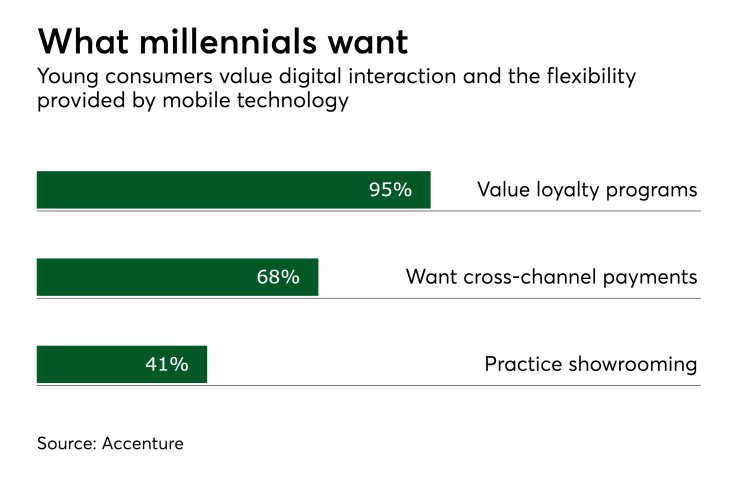Young consumers lack the data to support traditional credit scoring, but there's plenty of payments information that can fill the gap.
Alternative data such as rent, utility and telecom payments where the volume of reporting is improving may provide solutions to better assessing millennial credit risk as well. A lender’s own proprietary information can also help bridge the gap.
This is just one example of how millennials and their powerful market potential could reshape the consumer credit landscape. To keep pace and grow their businesses, lenders must evaluate their strategies and the models these strategies are based on to ensure that they keep up with the millennial generation’s behavioral patterns.

Millennials will be the growth engine for lenders of all shapes and sizes. Unfortunately, many lenders will likely be underwriting them by squeezing the proverbial round peg into a square hole.
Millennials are not behaving like any generation we’ve ever seen. One key finding is that a legacy assumption — that thicker credit files are less risky — may not hold with millennials.
I’m speaking of the overreliance on whether a consumer has a deep history of using credit and a wide mix of credit accounts, often referred to as “depth and breadth” of credit. By definition this arbitrarily penalizes those who are relatively new to credit or only use credit sparingly.
And to be sure, millennials are put at a disadvantage.
It’s true that, all things being equal, someone with a long history of paying bills on time on a wide mix of different credit accounts may be less likely to default on a loan than someone with limited credit experience.
But that conventional approach does not work when the population seeking credit is anything but conventional.
One solution is to proactively re-assess current models and lending strategies. Lenders can benchmark current models against a menu of other models, which are based on more recent observation periods, use more sophisticated architecture and leverage new types of data.
Trended credit data, for example, can help gauge the creditworthiness of millennials in particular. With this relatively new data, credit behavior trends observed over a recent period are taken into greater consideration while the age of a person’s credit accounts and a “point of time” reading methodology employed by most scoring models becomes less important.
Comparing an earlier modeling approach to the new thinking within the credit score bands that most approval/decline decisions are made shows that tenure, length and depth of credit are de-emphasized while more recent credit behaviors — where the richness of trended information allows for greater predictive insights — receive more weight. Fundamentally, those with less credit history can be better assessed.





